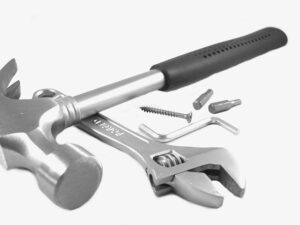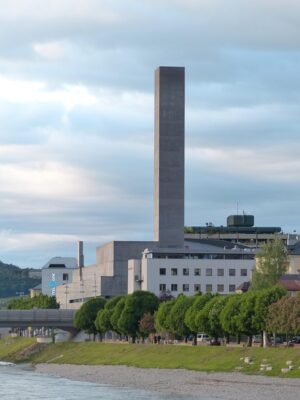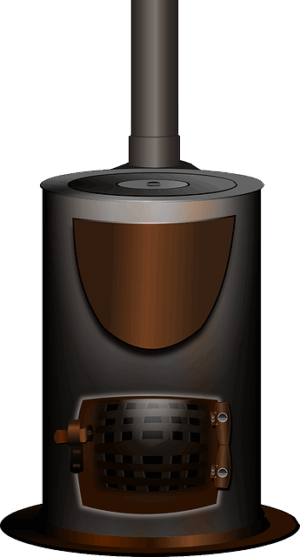Destratification fans are ceiling-mounted solutions that combat thermal stratification in buildings, redistributing warm air for enhanced HVAC efficiency and energy savings. They offer a game-changing approach to reduce utility bills in commercial, industrial, and residential settings, improving comfort and environmental quality. Their advanced air mixing technology disrupts natural warm air settling, preventing cold spots and promoting uniform temperature control.
Discover how destratification fans are revolutionizing energy efficiency, offering a simple yet powerful solution to lower monthly utility bills. This article explores the science behind these innovative devices, their various types, and implementation strategies. Learn why destratification fans are becoming an indispensable tool for homes and businesses seeking sustainable, cost-effective comfort. Uncover the benefits and explore practical steps to optimize energy savings with these advanced fan systems.
- Destratification Fans: An Efficient Energy Solution
- Understanding Monthly Utility Costs
- The Science Behind Energy Savings
- Types of Destratification Fans and Their Benefits
- Implementing Fan Systems for Optimal Results
Destratification Fans: An Efficient Energy Solution
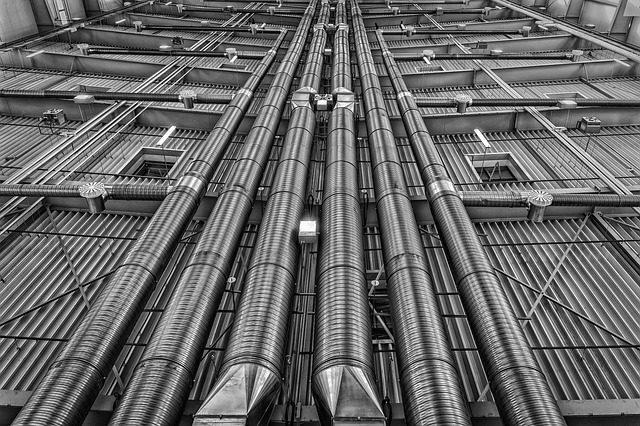
Destratification fans are an efficient energy solution that tackles the issue of thermal stratification in buildings, where warm air tends to rise to the ceiling while cool air stays near the floor. This natural phenomenon can lead to uneven temperature control and increased energy consumption as HVAC systems struggle to maintain a consistent environment. By promoting better air circulation and warm air redistribution, these fans help mix the air throughout the space, enhancing both comfort and energy savings.
In commercial and industrial cooling applications, ceiling-mounted destratification fans are particularly effective. They operate using advanced air mixing technology, ensuring optimal distribution of cooled or heated air. This not only improves indoor environmental quality but also boosts HVAC efficiency, reducing overall energy bills. The strategic use of these fans can be a game-changer in achieving sustainable and cost-effective temperature control.
Understanding Monthly Utility Costs
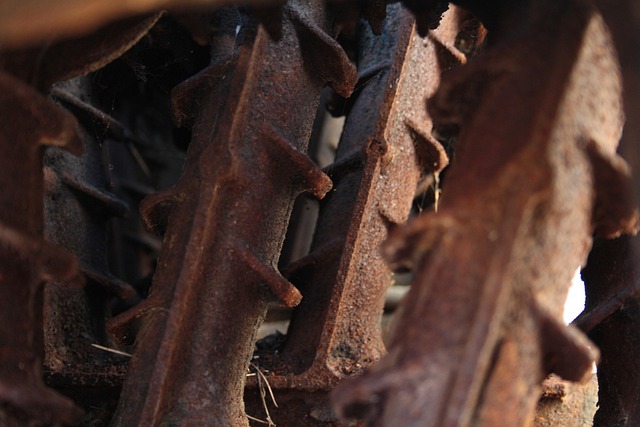
Understanding Monthly Utility Costs
Monthly utility bills can be a significant financial burden for many businesses and households. A large portion of these costs is often attributed to heating, ventilation, and air conditioning (HVAC) systems, which are responsible for maintaining comfortable indoor temperatures year-round. In commercial spaces, especially those with high ceilings or large floor plans, thermal stratification—the separation of warm and cool air—can lead to inefficiencies. Air circulation issues can result in cold spots during winter and pockets of warm air during summer, necessitating excessive energy usage to achieve uniform temperature control.
Destrativication fans, through advanced air mixing technology, offer a game-changing solution. By redistributing warm air from the ceiling to the occupied areas below, these ceiling-mounted fans help to mix and circulate air more efficiently. This not only enhances HVAC efficiency but also enables significant energy savings without compromising on comfort or air quality. In industrial cooling applications and commercial settings alike, adopting destratification fans can lead to substantial reductions in monthly utility bills while promoting a healthier work environment through improved temperature control.
The Science Behind Energy Savings

The science behind energy-saving destratification fans lies in their ability to disrupt and redistribute thermal stratification, a natural process where warm air rises and cool air sinks. These fans are strategically designed to create continuous air circulation, ensuring a more uniform temperature distribution throughout spaces like buildings or factories. By mixing the warmer, denser air near the ceiling with cooler, lighter air close to the floor, destratification fans prevent the formation of hot spots and promote better thermal comfort.
This innovative approach significantly reduces energy consumption by eliminating the need for excessive heating or cooling. Traditional HVAC systems struggle to maintain optimal temperature control in large, multi-storey buildings, often resulting in inefficiencies and higher utility bills. Destratification fans, with their advanced air mixing technology, offer a game-changing solution. They effectively lower energy demand by minimizing the need for powerful heating or cooling equipment, thereby reducing overall energy usage and costs in both residential and commercial applications, from bustling industrial sites to lively offices.
Types of Destratification Fans and Their Benefits
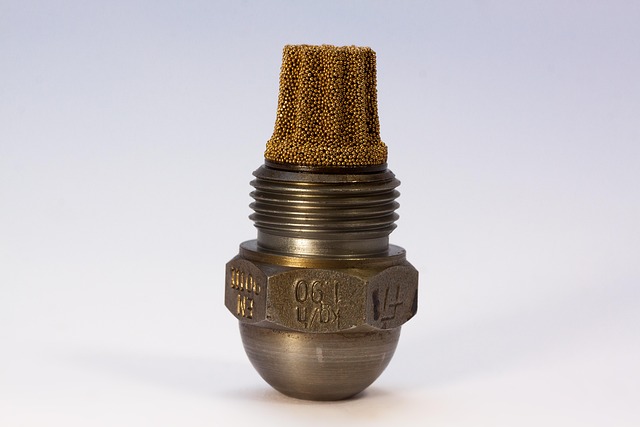
Destratification fans come in various types, each designed for specific needs and offering unique benefits. Ceiling-mounted fans are a popular choice for residential and commercial spaces, as they efficiently redistribute warm air, alleviating thermal stratification and improving HVAC efficiency. These fans utilize advanced air mixing technology to enhance air circulation, providing a comfortable indoor environment while reducing energy consumption.
In industrial cooling applications, larger destratification fans can be employed to combat intense heat. They help in cooling large spaces by promoting better temperature control, thereby decreasing the reliance on excessive heating or cooling systems and resulting in significant energy savings. Whether for residential comfort or commercial and industrial efficiency, destratification fans offer a practical solution for optimizing air circulation and reducing utility bills.
Implementing Fan Systems for Optimal Results
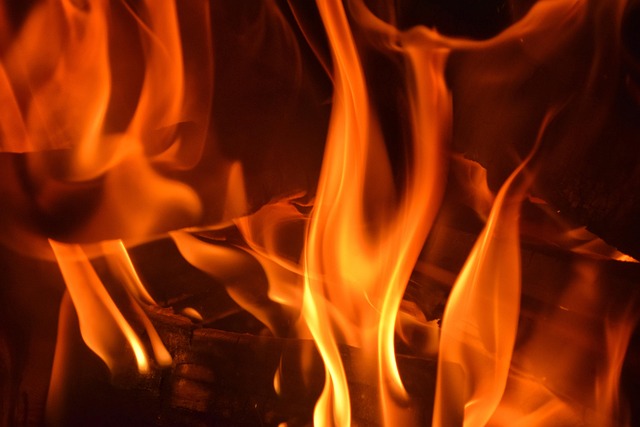
Implementing destratification fan systems for optimal results involves a strategic approach to tackling thermal stratification within a space. By strategically placing ceiling-mounted fans, facilities can achieve significant energy savings and enhance HVAC efficiency. These fans are designed to disrupt the natural settling of warm air, ensuring uniform air circulation and temperature control throughout. This is particularly beneficial in commercial applications where large areas require consistent cooling, such as industrial settings or bustling office environments.
Optimal placement and adjustment of these fans are key to maximizing energy savings. The technology behind destratification fans promotes effective warm air redistribution, mixing ambient air with the stagnant layers near the ceiling. This process not only cools down the space but also prevents the formation of cold spots, ensuring every area benefits from efficient air mixing. As a result, buildings can reduce their reliance on additional heating or cooling mechanisms, leading to substantial savings on utility bills while maintaining a comfortable and productive environment.
Energy-saving destratification fans are a smart investment for anyone looking to lower monthly utility bills. By understanding how these fans work and implementing them effectively, homeowners and businesses can enjoy significant energy savings without compromising comfort. Destratification fans address temperature disparities in buildings, reducing the strain on HVAC systems. With various types available, each offering unique benefits, the right fan system can be tailored to specific needs. Embrace this efficient energy solution and witness the positive impact on your utility costs.


